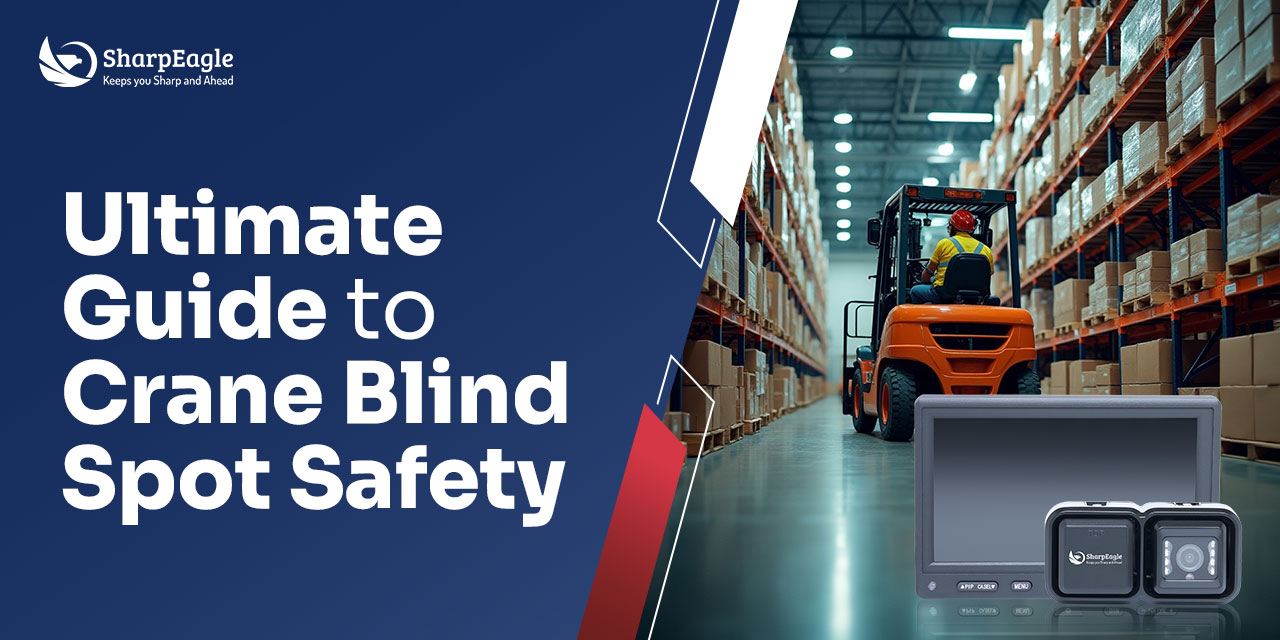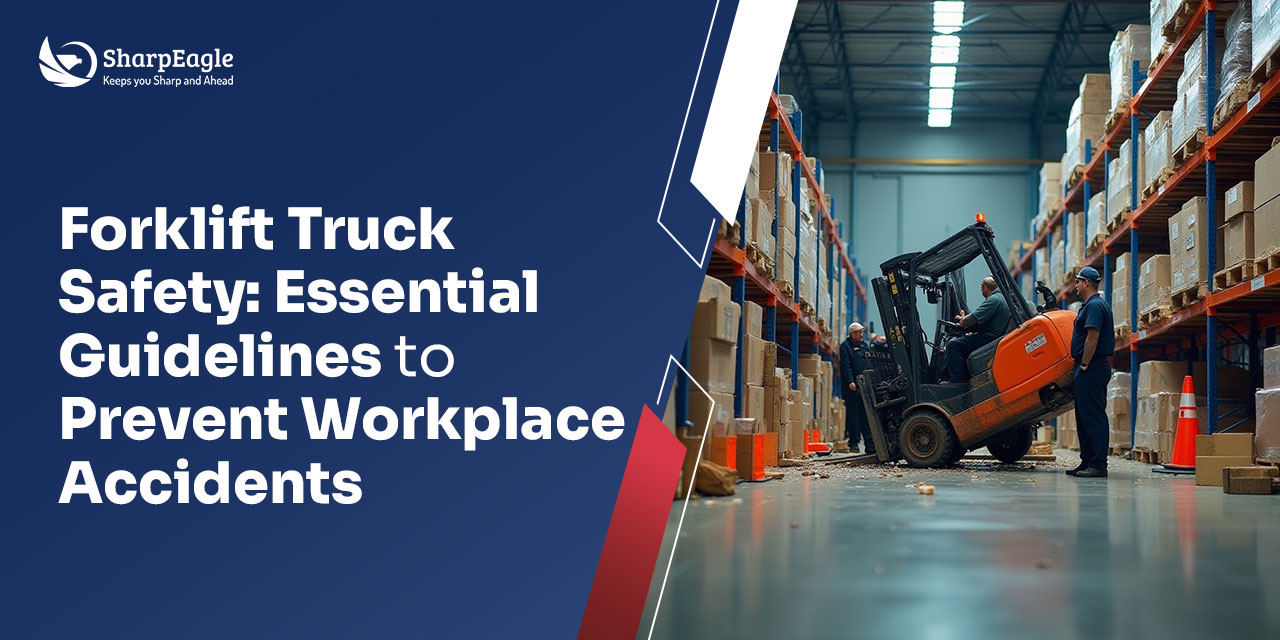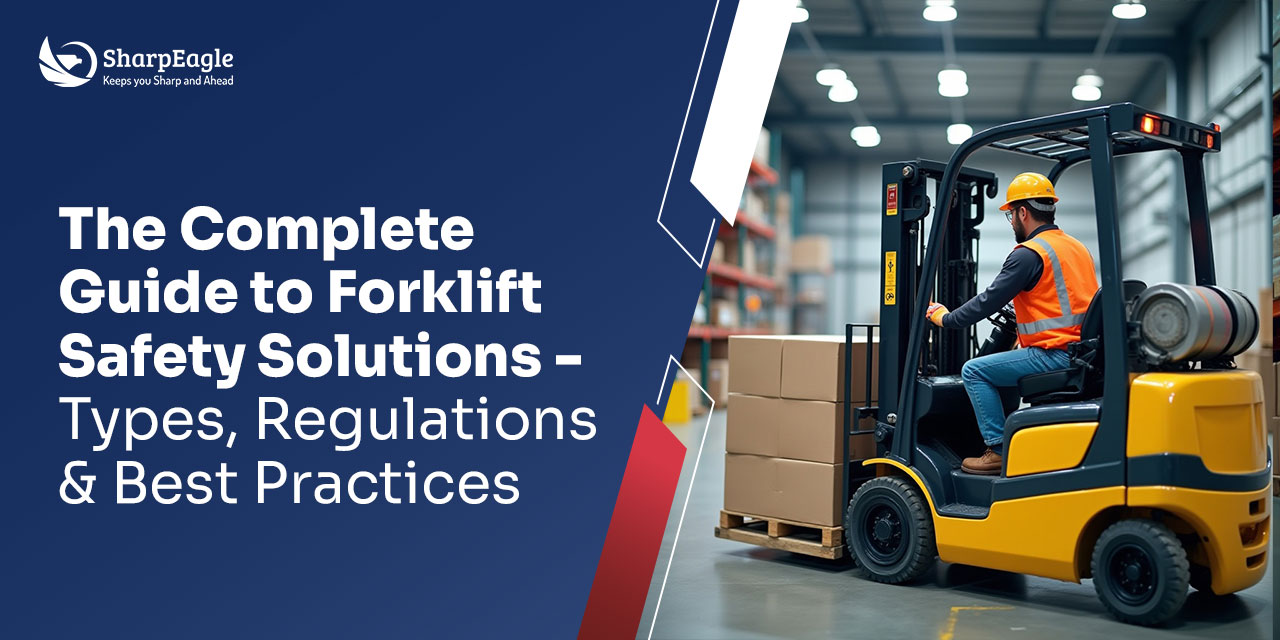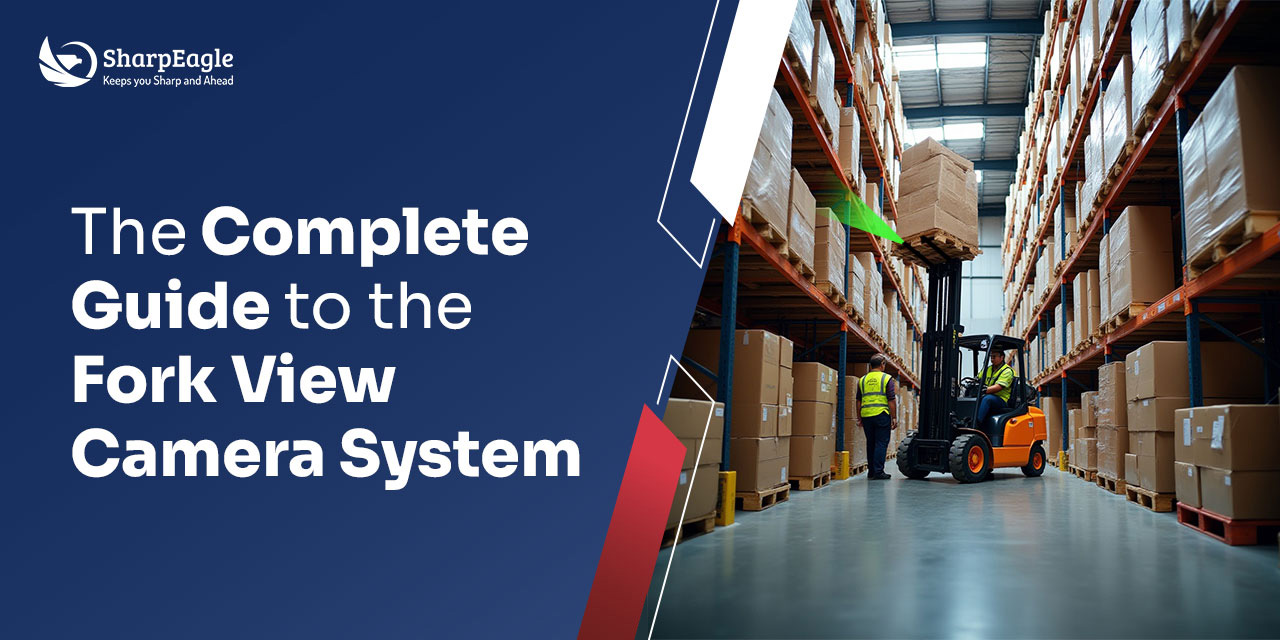

Hook: Did you know over 20% of crane accidents stem from blind spot-related errors?
Blind spots in crane operations are among the most underappreciated yet deadly hazards on any industrial or construction site. Whether you’re working in the UK, UAE, or SA, blind spots increase the risk of collisions, dropped loads, and worker injuries.
Overhead Crane Lights and other safety devices have revolutionized blind spot safety by giving operators the visibility they need, even in the most complex environments.
Case Study Example:
In 2019, a major construction project in the UAE halted for weeks after a crane operator, unaware of a worker in his blind spot, swung a heavy load into scaffolding. The collapse injured three workers and cost over $500,000 in fines and damages. A post-accident audit found poor lighting was a critical factor.
Clearly, avoiding crane blind spots is not just a compliance requirement, it’s essential for saving lives and ensuring smooth operations.
Cranes are essential for lifting and transporting heavy materials on construction sites, but their size and structure can pose significant risks, especially when it comes to visibility. One of the most critical safety issues related to crane operation is the presence of blind spots. Understanding where these blind spots are and how they impact operations is key to preventing accidents and ensuring regulatory compliance.
Crane blind spots are areas around a crane where the operator’s direct line of sight is obstructed, preventing them from seeing workers, equipment, or obstacles. These blind spots exist in all crane types, including overhead cranes, mobile cranes, and tower cranes.
Blind spots increase the risk of:
Besides human cost, there are regulatory implications. Non-compliance with OSHA (like 1926.1417 lighting requirements) or ISO crane safety guidelines can lead to hefty fines, lawsuits, and project shutdowns.
Poor visibility is a key driver of blind spot accidents. Even the best-trained operator can’t avoid hazards they can’t see. That’s why investing in Overhead Crane Lights and other crane safety devices is critical.
In crane operations, visibility isn’t just a convenience, it’s a critical component of safety. Blind spots can lead to catastrophic accidents if not properly addressed, and one of the most effective ways to minimize these risks is through specialized lighting. General site lighting may offer basic illumination, but it often falls short in addressing the specific visual challenges that crane operators face. This is where purpose-built crane lighting systems come into play.
Poor visibility is a key driver of blind spot accidents. Even the best-trained operator can’t avoid hazards they can’t see. That’s why investing in
Typical warehouse or yard lighting:
Standard lighting simply isn't designed to handle the unique needs of crane operations.
Overhead Crane Lights are purpose-built to:
Blind spot safety tips: Always supplement general site lighting with dedicated crane lighting to ensure consistent visibility at every operational angle.
Blind spots aren't static, they shift as the crane moves and as lighting conditions change throughout the day. That’s why simply identifying blind zones isn’t enough; actively addressing them with effective lighting solutions is key. Overhead Crane Lights are engineered not just to illuminate, but to target the precise problem areas that standard lighting misses. Their features and flexibility make them an essential tool in modern crane safety strategies.
By adding Overhead Crane Lights to your crane operations, you:
Consider a busy UK warehouse with multiple overhead cranes operating simultaneously. Without dedicated crane lights, operators struggled to see under loads, leading to frequent near-misses. After installing Overhead Crane Lights with adjustable beams, those near-misses dropped by 85% within months.
Installing Overhead Crane Lights is a strong first step, but their effectiveness depends heavily on how they’re used and maintained. Strategic placement, routine checks, and regulatory compliance are all critical in maximizing their safety benefits. Following best practices ensures that your lighting system continues to prevent blind spots and supports a safer worksite for both crane operators and ground personnel.
Pro Tip: For maximum coverage, combine fixed lights with movable or swivel-mounted lights.
Align lighting solutions with OSHA 1926.1417, which requires cranes to have sufficient lighting for safe operation. In UAE and KSA, similar safety standards also stress adequate worksite illumination to prevent crane accidents.
While Overhead Crane Lights play a crucial role in improving visibility, they are even more effective when integrated into a broader system of crane safety technologies. Modern worksites are embracing smart safety strategies that combine lighting, sensors, cameras, and adaptive systems. This layered approach not only addresses blind spots but also provides real-time feedback and proactive warnings, giving operators a full spectrum of situational awareness.
Blind Spot Safety Tips: A layered approach, using lighting plus sensors, offers the best results.
When selecting crane lights:
Safety Devices in Crane Operations: Overhead Crane Lights are just one part of a complete crane safety strategy including cameras, alarms, and training.
While advanced lighting systems significantly enhance visibility and reduce hazards, they are only as effective as the people using them. Forklift and heavy equipment safety relies on a comprehensive approach where technology and human behavior work hand-in-hand. Proper operator training and robust safety protocols ensure that lighting solutions are not just installed, but used correctly to their full potential. This integrated approach strengthens safety culture, minimizes human error, and fosters greater accountability in daily operations.
Even the best lighting is ineffective without trained operators. Ensure operators:
Overhead Crane Safety: Combines lighting, training, technology, and culture for maximum risk reduction.
Crane blind spots are a serious but preventable hazard in construction and industrial environments. By understanding their risks and implementing solutions like Overhead Crane Lights, you can drastically reduce accidents and improve operational efficiency.
Investing in reliable crane lighting isn’t just about compliance, it’s about protecting your workforce, reputation, and bottom line.
Call to Action:
Explore SharpEagle’s Overhead Crane Lighting solutions today for safer, more efficient crane operations across the UK, UAE, and SA.
How do Overhead Crane Lights improve safety?
They eliminate shadows and blind spots, giving operators clear visibility of their load and surroundings.
What's the Best Way to Avoid a Crane's Blind Spot?
Use Overhead Crane Lights, combine them with sensors and cameras, and train staff thoroughly.
What features should I look for in crane lights?
Adjustable beam angles, high lumen output, rugged build, explosion-proof options for hazardous areas.
Where should crane lights be installed?
At critical blind spots, under booms, above load paths, and in high-traffic zones.
Can crane lights work with other safety systems?
Yes, they integrate seamlessly with cameras, sensors, and alarms for a layered safety approach.
Where can I buy reliable Overhead Crane Lights?
Visit SharpEagle’s website for certified, high-quality crane lighting solutions.
What are crane blind spots, and why are they dangerous?
Areas the operator can’t see that risk collisions, dropped loads, and injuries.
How can Overhead Crane Lights help prevent accidents?
By brightly illuminating hard-to-see areas and reducing operator error.
Are Overhead Crane Lights easy to install?
Yes, most models are designed for easy retrofitting on existing cranes.
Can Overhead Crane Lights be used in low-light or nighttime operations?
Absolutely. They’re designed to maintain visibility even in total darkness.
What makes Overhead Crane Lights better than handheld spotlights?
They offer consistent, hands-free, wide-area illumination, reducing operator distraction.
Can Overhead Crane Lights reduce crane downtime?
Yes, fewer accidents mean less damage, fewer investigations, and smoother workflows.



